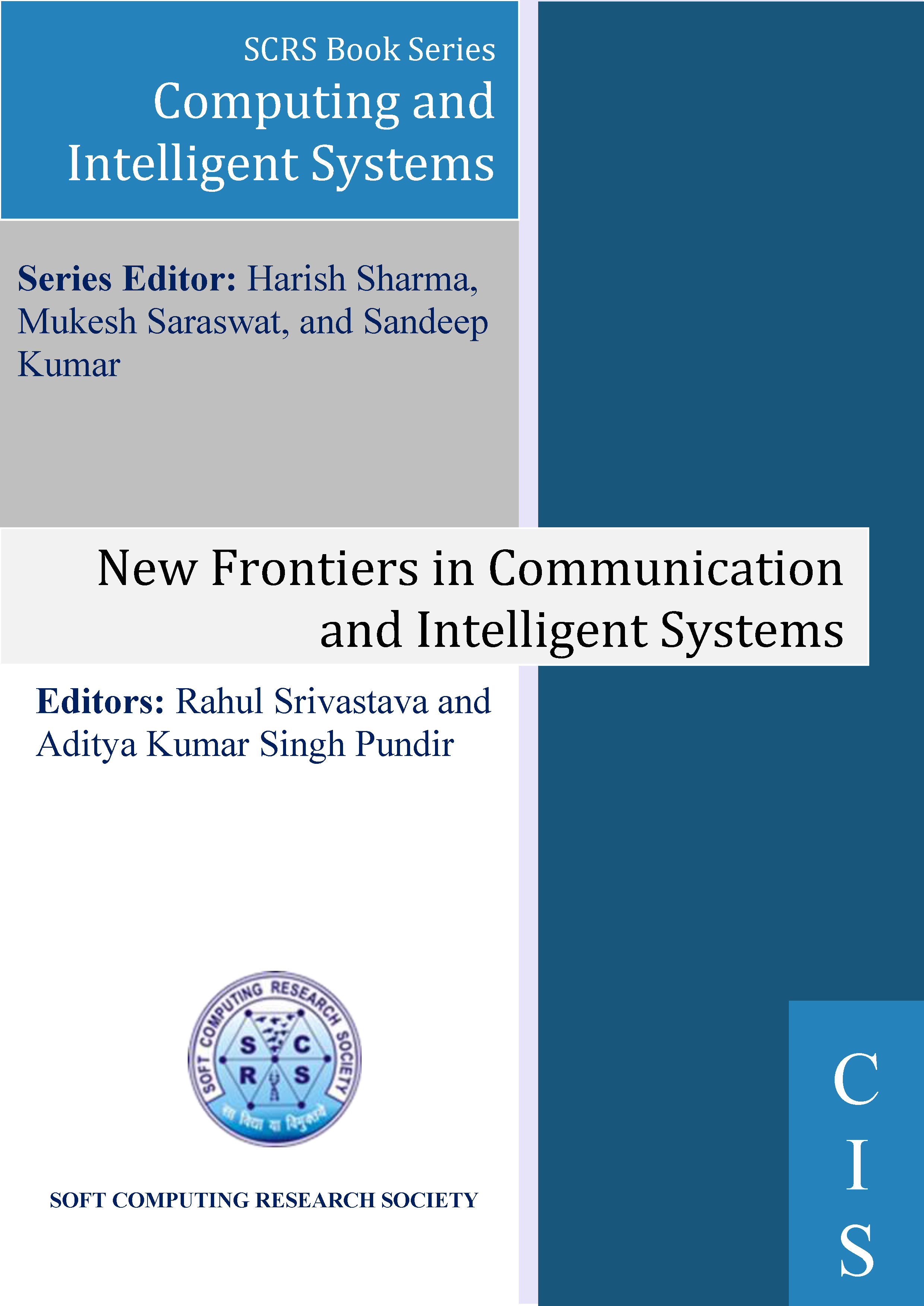
Denoising of Ultrasonic B – Scan Retinal Images for ealier Detection of Retinopathy of Prematurity (RoP)
Authors: K. R. N. Aswini and S. Vijayaraghavan
Publishing Date: 06-05-2022
ISBN: 978-81-95502-00-4
Abstract
Human eye is a complex mechanism that enables us the sense of vision. Retina, being one of the most important layers of eye, in any case gets affected, leads to severe visual impairment and sometimes loss of vision too. Retinopathy of Prematurity (RoP), being a by birth condition in untimely children? wherein an anomaly is available in the retinal layers and the related veins. Ultrasonic B – Scan is the prominent diagnostic tool used to identify RoP. Effective, Early and Simplified diagnostic and imaging tools aid the Ophthalmologists for an accurate diagnosis and work towards the prevention of vision loss. In this paper, RoP images of Oculus Dextrusand Ocular Sinister – Left eye in severe stage are considered for filtering and noise removal. Wavelet denoising of B-scan images is performed through Discrete Wavelet Transform (DWT) and with different thresholding such as Global thresholding. Then, the location of prematurity in retina is found out, in comparison with the healthy retina. An optimum thresholding level is fixed, which is followed by the calculation of statistical mean, variance and standard deviation. This model helps to find out the abnormality of retina, the location and severity in mathematical terms. The denoising of the distorted images is found to be potential enough in achieving the effective diagnosis in the case of RoP in children.
Keywords
Retinopathy of Prematurity, DWT, Denoise, B-Scan Ultrasonic.
Cite as
K. R. N. Aswini and S. Vijayaraghavan, "Denoising of Ultrasonic B – Scan Retinal Images for ealier Detection of Retinopathy of Prematurity (RoP)", In: Aditya Kr. Singh Pundir and Rahul Srivastava (eds), New Frontiers in Communication and Intelligent Systems, SCRS, India, 2022, pp. 661-670. https://doi.org/10.52458/978-81-95502-00-4-67